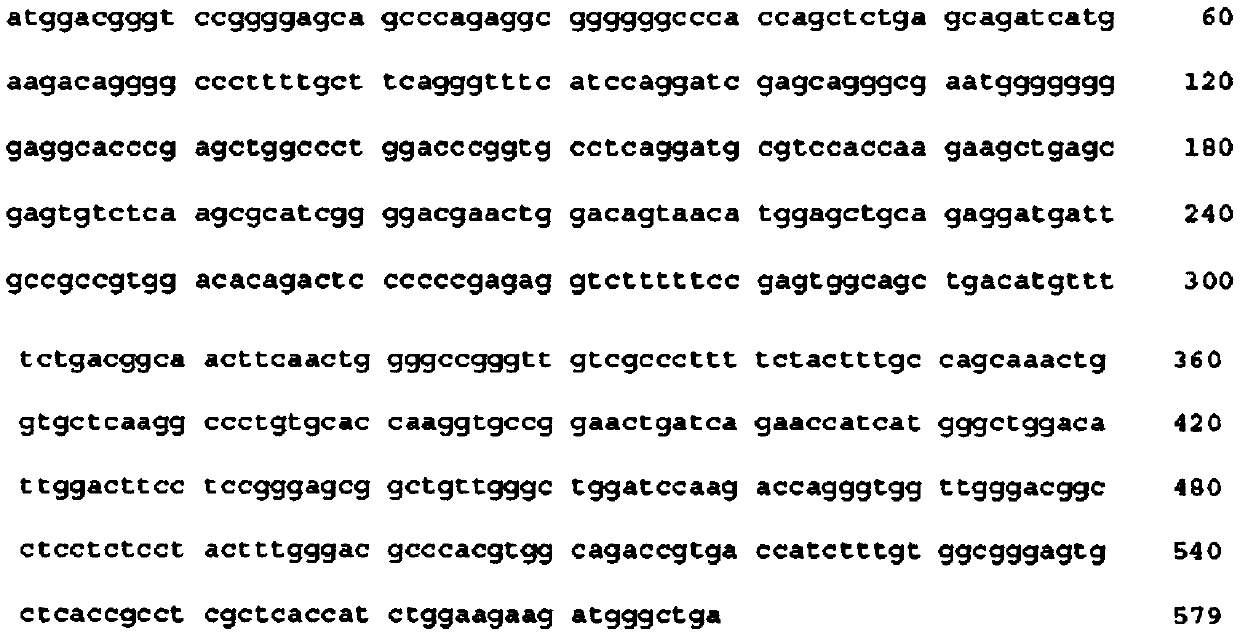Treatment of autoimmune diseases
A technology for autoimmune diseases and self-antigens, applied in allergic diseases, skin diseases, gene therapy, etc., can solve the problems of little known etiology, no treatment, no therapy, etc.
- Summary
- Abstract
- Description
- Claims
- Application Information
AI Technical Summary
Problems solved by technology
Method used
Image
Examples
Embodiment 1
[0123] Embodiment 1.DNA vaccine is used for the purposes of treating alopecia areata
[0124] Preparation of plasmid DNA constructs encoding pro-apoptotic proteins. The pro-apoptotic protein is selected from: Bax, Bak, Bim, Puma, Bad, Bik, Noxa, Bmf, Hrk, Bid, FAS, caspase mutants or survivin mutants. Plasmids were isolated from bacterial strains that hypermethylated CpG dinucleotides and bacterial strains that did not hypermethylate (ie, hypomethylate) CpG dinucleotides. In the case of hypermethylated DNA constructs, promoters controlling the transcription of genes / cDNAs encoding pro-apoptotic proteins are not inactivated by CpG hypermethylation, such as the SV40 promoter. In the case of non-hypermethylated constructs, the promoter may be any inducible or constitutive promoter, such as the CMV or LTR promoter.
[0125] Each plasmid DNA construct or different combinations of the two constructs in different ratios are then delivered to the skin to treat alopecia areata, eg, u...
PUM
 Login to View More
Login to View More Abstract
Description
Claims
Application Information
 Login to View More
Login to View More - R&D
- Intellectual Property
- Life Sciences
- Materials
- Tech Scout
- Unparalleled Data Quality
- Higher Quality Content
- 60% Fewer Hallucinations
Browse by: Latest US Patents, China's latest patents, Technical Efficacy Thesaurus, Application Domain, Technology Topic, Popular Technical Reports.
© 2025 PatSnap. All rights reserved.Legal|Privacy policy|Modern Slavery Act Transparency Statement|Sitemap|About US| Contact US: help@patsnap.com

